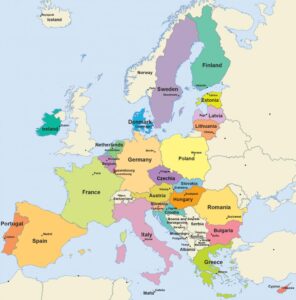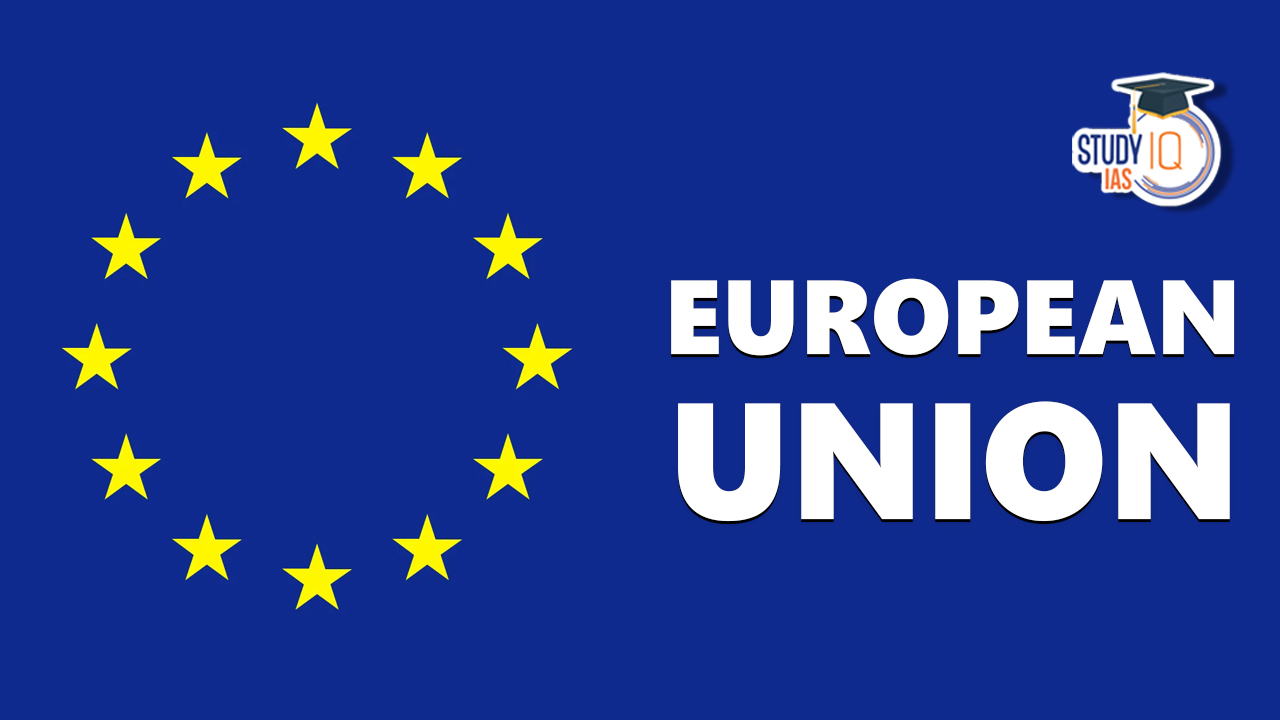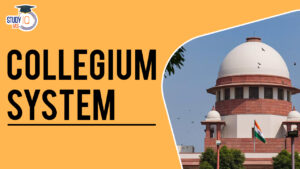Table of Contents
European Union
The European Union (EU) stands as a unique and influential supranational organization that encompasses 27 member countries in Europe. Born out of the aftermath of World War II, the EU was established to promote peace, stability, and economic prosperity among its member states. At its core, the EU is an economic and political union characterized by the free movement of goods, services, capital, and people across its borders.
European Union serves as a platform for member countries to collaborate on various policy areas, including trade, security, environment, and human rights, while also providing a framework for decision-making and governance. The EU’s intricate system of institutions and treaties forms the foundation for its functioning, allowing member countries to pool sovereignty and work together for the collective benefit of Europe.
Read about: G7 Countries
European Union Countries
Here’s a table listing the European Union (EU) countries, categorizing them as founding members and other members along with the year of their induction:
| European Union Countries | ||
| Founding Members |
|
|
| Other Members |
|
|
Read about: BIMSTEC Countries
European Union Map
Here is a Map of European Union Countries given below for a better understanding of the geographical locations.

Read about: NATO Countries
European Union Headquarters
The headquarters of the European Union (EU) is located in Brussels, Belgium. The main EU institutions, such as the European Commission, the Council of the European Union, and the European Parliament, have their headquarters in Brussels. Additionally, some EU institutions and agencies are based in other cities within the EU member states.
Read about: International Organizations and their Headquarters
European Union Currency
The headquarters of the European Union (EU) is located in Brussels, Belgium. The main EU institutions, such as the European Commission, the Council of the European Union, and the European Parliament, have their headquarters in Brussels. Additionally, some EU institutions and agencies are based in other cities within the EU member states.
Read about: Countries and Capitals
European Union Structure
The European Union (EU) has a well-defined structure consisting of various institutions. EU’s structure can be understood from the following points:
European Council
Comprises heads of state or government of EU member states, along with the President of the European Council and the President of the European Commission. It defines the EU’s overall political direction and priorities.
European Parliament
The only directly elected parliamentary institution of the EU, it exercises legislative functions alongside the Council of the European Union. However, its legislative power is not as extensive as national parliaments.
Council of the European Union
Represents the executive governments of member states. Government ministers meet to discuss, amend, and adopt laws, and coordinate policies. They have the authority to commit their governments to agreed actions.
European Commission
Serves as the executive body of the EU, responsible for proposing legislation, implementing decisions, and managing day-to-day affairs. Composed of 27 members, one from each member state, proposed by member countries and approved by the European Parliament.
High Representative of the Union for Foreign Affairs and Security Policy
Appointed by the European Council, this role shapes and carries out the EU’s foreign, security, and defense policies.
European Court of Auditors
Investigates financial management within EU entities and member states, referring unresolved issues to the European Court of Justice if necessary.
Court of Justice of the European Union
Interprets and ensures the uniform application of EU law across member states, resolving legal disputes between national governments and EU institutions.
European Central Bank
Serves as the central bank for the Eurozone, administering monetary policy and safeguarding the European banking system.
European System of Financial Supervision (ESFS)
Established in 2010, it includes the European Systemic Risk Board and three European supervisory authorities responsible for financial oversight and regulation.
Read about: United Nations
European Union Functions
The European Union (EU) serves several functions, including:
- Economic Integration: The EU aims to create a cohesive economic entity among its member nations, allowing for the free flow of goods, services, and capital across borders, leading to a more efficient distribution and use of resources.
- Financial Support: The EU provides financial resources to its member nations, offering assistance and investment through bailouts and loans when needed.
- Political Implications: The EU sets expectations for member countries regarding areas like human rights and the environment, with political consequences. Non-compliance may result in cutbacks, austerity measures, or conditions for receiving aid.
- Free Trade: The EU promotes free trade within its single market and endeavours to liberalize world trade beyond its borders, making it the world’s largest trade bloc.
- Humanitarian Aid: The EU is committed to providing humanitarian aid to those affected by natural and man-made disasters globally, supporting millions of people each year and being the leading donor of humanitarian aid.
- Diplomacy and Security: The EU plays a vital role in diplomacy, working to foster stability, security, prosperity, democracy, and the rule of law at the international level.
Read about: United Nations General Assembly
European Union Economy
The economy of the European Union (EU) holds significant global importance, with a share of approximately 14% of the global Gross Domestic Product (GDP) based on purchasing power parity (PPP). In 2020, the combined GDP of the EU amounted to around $20 trillion. The EU is also represented in the World Trade Organization (WTO), facilitating its engagement in global trade discussions.
Nineteen member states of the EU form the Eurozone, where the euro serves as the common currency. The euro is the second most traded currency worldwide and ranks as the second-largest reserve currency. Additionally, the EU hosts a substantial number of major corporations, with 161 out of the top 500 largest corporations globally having their headquarters within the EU.
These economic indicators highlight the EU’s significant role as a major global economic player, with a robust GDP, a prominent currency, and a substantial presence of influential corporations.
European Union UPSC
The topic of the European Union (EU) holds significance for the UPSC (Union Public Service Commission) examination as it aligns with the UPSC Syllabus, particularly in areas such as International Relations, World History, and Current Affairs. Understanding the structure, functioning, and impact of the EU is crucial for UPSC aspirants as it forms a critical part of global governance, trade, and diplomacy. Familiarity with the EU enables candidates to comprehend regional dynamics, policy implications, and India’s relations with the EU. Moreover, knowledge of the EU can be acquired from UPSC Online Coaching platforms and by taking UPSC Mock Test as questions related to EU institutions, treaties, and policies are commonly featured.


 Ambedkar Jayanti 2025: Biography, Legacy...
Ambedkar Jayanti 2025: Biography, Legacy...
 Collegium System, Meaning, Appointment, ...
Collegium System, Meaning, Appointment, ...
 Zonal Councils of India, Objectives, Com...
Zonal Councils of India, Objectives, Com...





















